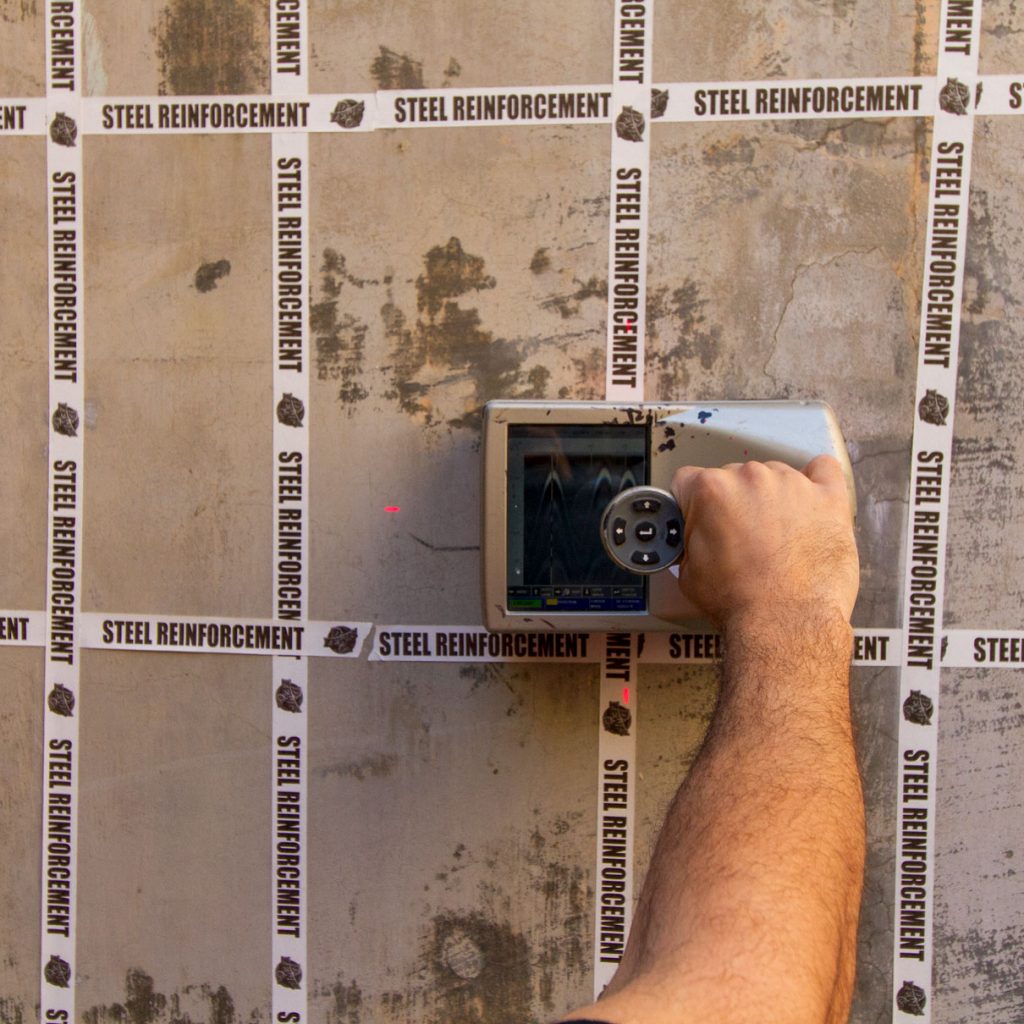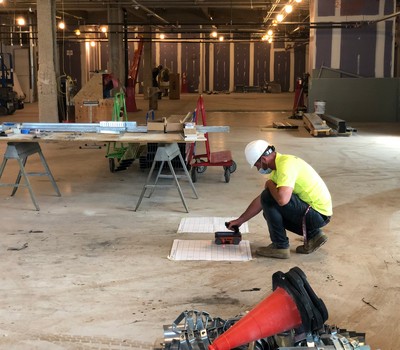The Importance of Specific Concrete Scanning in Detecting Underground Hazards
The capability to precisely spot and map these below ground risks is not simply an issue of comfort yet a critical aspect of ensuring the security of both construction employees and the honesty of the project itself. By releasing advanced scanning technologies and methods, professionals can reveal hidden threats, protect against costly problems, and inevitably lead the means for smoother and more secure building undertakings.
Advanced Scanning Technologies for Detection
Sophisticated radar systems are transforming the area of below ground detection by giving unparalleled precision and effectiveness. These innovative scanning modern technologies use ground-penetrating radar (GPR) to create comprehensive photos of subsurface structures, providing understandings right into what lies beneath the surface area with impressive clarity. By discharging high-frequency pulses right into the ground and gauging the reflections, radar systems can identify variations in material composition and spot underground dangers such as voids, pipes, and cables.
Among the key benefits of these innovative radar systems is their non-invasive nature, allowing for detailed inspections without triggering damages to the existing structures. This not only guarantees the safety of the surrounding atmosphere yet additionally lessens the requirement for costly fixings or disturbances to continuous building projects. In addition, the real-time information supplied by these scanning innovations allows fast decision-making and boosts general job efficiency.
Significance of Subsurface Mapping

Precise subsurface mapping assists in stopping pricey damages to existing below ground framework, reducing the risk of accidents, and keeping job timelines. It allows job managers to make educated choices concerning site planning, equipment release, and source allotment. Furthermore, subsurface mapping permits better coordination amongst different groups servicing a job and helps in conforming with regulative demands connected to underground energy discovery.
Mitigating Risks in Construction Tasks
Reliable risk mitigation methods are essential for making sure the success and safety of construction projects. One essential facet of mitigating dangers in construction tasks is complete preparation and evaluation at the preliminary stages.
In addition, establishing clear interaction networks among all job stakeholders and making sure rigorous adherence to security methods are important elements of danger reduction. By proactively executing durable danger reduction techniques, construction tasks can lessen hold-ups, price overruns, and security cases, ultimately leading to read here successful project results.

Stopping Costly Problems and Delays
To lessen financial losses and task setbacks, efficient methods must be executed to avoid costly problems and delays in building tasks. One essential method to attain this is by conducting comprehensive concrete scanning before any excavation work begins. By using innovative scanning technologies such as ground-penetrating radar (GPR) and electromagnetic induction, building groups can properly spot underground threats like rebar, conduits, and other energies. Recognizing these obstructions at an early stage aids in intending the job design more effectively and avoiding possible damages throughout excavation.
Furthermore, buying training programs for construction employees on the importance of concrete scanning and secure excavation techniques can significantly lower the threat of delays and accidents. Clear interaction channels between project managers, designers, and on-site employees are additionally important to make sure that every person is mindful of the possible risks and complies with the required methods to stop pricey damages. By focusing on proactive procedures like concrete scanning and advertising a culture of safety and understanding, building projects can lessen the financial impact of unforeseen below ground blockages and stay clear of expensive hold-ups.
Ensuring Security of On-Site Worker
By prioritizing aggressive measures such as comprehensive training programs and clear communication networks, building jobs can ensure the safety and security of on-site workers amidst the prospective threats found through concrete scanning. Correct training outfits workers with the understanding and skills needed to navigate building and construction websites securely, especially when threats are identified through scanning procedures. Training must cover threat recognition, emergency treatments, and the appropriate application of personal safety equipment to reduce dangers effectively.
Additionally, establishing clear interaction networks is essential for distributing info regarding recognized dangers promptly. This guarantees that all on-site his explanation employees are conscious of potential threats and can take required preventative measures to stay clear of mishaps. Normal safety rundowns, tool kit talks, and constant updates regarding scanning results assistance keep everyone educated and proactive in maintaining a secure workplace.
Additionally, carrying out stringent adherence to safety and security procedures and policies, conducting routine security audits, and promoting a society of security awareness amongst workers are essential parts in anonymous guaranteeing the wellness of on-site employees throughout building projects - RainierGPR Concrete Scanning. Positive precaution not just protect workers from harm yet also contribute to the general success and efficiency of the task
Verdict
Making use of sophisticated scanning modern technologies and subsurface mapping aids reduce threats in building projects, avoiding costly problems and delays. It is important for building and construction firms to prioritize the usage of specific scanning methods to minimize potential hazards and make sure a smooth construction procedure.

By proactively executing robust risk reduction approaches, building and construction tasks can decrease delays, expense overruns, and safety and security incidents, eventually leading to effective task results. - RainierGPR Concrete Scanning
To decrease monetary losses and job problems, efficient approaches have to be executed to avoid pricey damages and hold-ups in construction projects. By focusing on positive steps like concrete scanning and promoting a society of security and awareness, building and construction projects can decrease the economic influence of unforeseen underground obstructions and stay clear of pricey delays.
By prioritizing positive actions such as comprehensive training programs and clear interaction networks, building projects can guarantee the safety of on-site workers in the middle of the possible risks spotted via concrete scanning. Utilizing advanced scanning technologies and subsurface mapping assists minimize threats in construction jobs, preventing pricey problems and hold-ups.